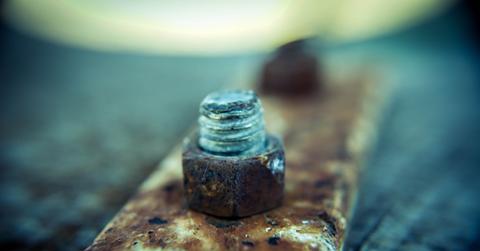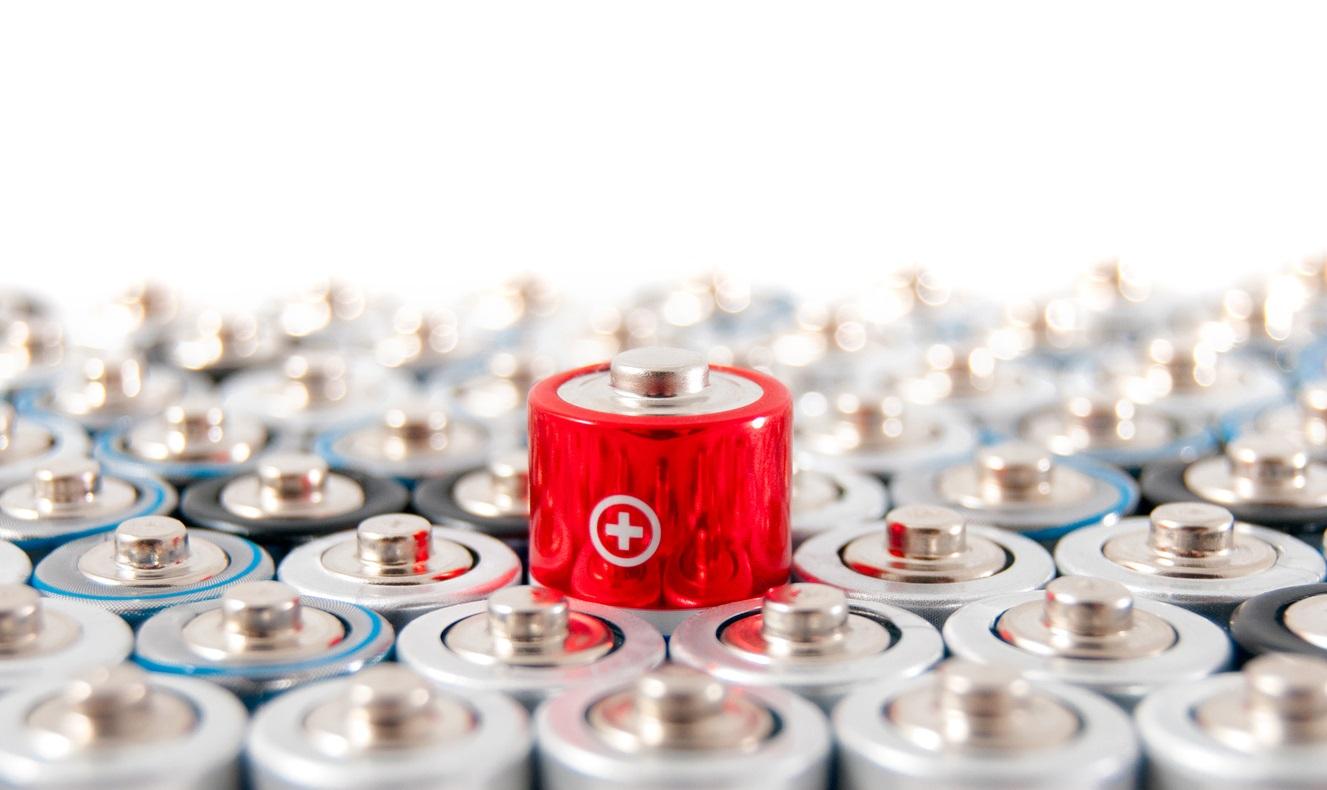Scientists Revitalize Rusted Stainless Steel By Turning It Into Batteries
Scientists in China have developed a way to reduce waste and improve the function of certain batteries at the same time. They're giving new life to rusted stainless steel mesh by transforming it into electrodes in potassium ion batteries.
Updated May 24 2019, 8:20 a.m. ET
Waste management is a problem in many places around the world, including large countries, like China. The presence of overcrowded landfills and even "off record," unregulated landfills were among the issues which led to the country's release of new waste management guidelines as part of their larger five-year environmental reform plan, back in 2015. This plan included sections on renewable energy, preventing air pollution, and managing waste. Preventing more waste from piling up, as well as reusing and recycling as much waste as possible, were key goals in the plan.
Now, scientists in China have developed a way to reduce waste and improve the function of certain batteries at the same time. According to research recently published in the Angewandte Chemie journal, researchers have begun turning rusty stainless steel mesh into electrodes in potassium ion batteries.
Lithium batteries are the most widely used batteries in the world, in spite of the fact that they are expensive to produce and tend to degrade fairly quickly, especially when exposed to heat. Under certain conditions, lithium batteries can even explode. The cost, short lifespan, and potential danger of these batteries has led researchers to look for alternatives.
Potassium batteries are much cheaper to create than lithium batteries, and have a capacity to last much longer. The trouble is, they simply aren't as reliable as their lithium counterparts. This is due to the way potassium ions transfer energy between electrodes inside the battery.
When it comes to batteries, ion size is important. Potassium ions are much larger than lithium ions, which makes it more difficult for electrodes to store them, as they transfer back and forth. Because of the ions's large size, the electrodes in potassium ion batteries tend to break down from wear and tear. But now, using stainless steel mesh (originally used in ventilation shafts or in wastewater management plants) that had been discarded due to rust, scientists are creating better electrodes for the batteries: electrodes that can stand up to the large potassium ions.
The electrodes are produced by dipping the stainless steel mesh into a compound called yellow prussiate of potash. It's a material that even some non-scientists may be familiar with, as it is used in everything from wine-making to gardening. The compound, along with ions which are released from the rust in the mesh, create a kind of salt sometimes referred to as "prussian blue."
Prussian blue has been used in manufacturing, clothing production, paint production and even medicine. On the surface of the mesh, it creates a scaffold of nanocubes. Inside a battery, Potassium ions can rest atop this scaffold as they travel from one electrode to another, increasing their efficiency. Finally, the stainless steel mesh is dipped in graphene oxide, which helps improve the electrical conductivity of the electrodes. This improves the overall efficiency of the potassium ion battery.
According to one report, "In tests, coin cells made with these new electrodes demonstrate excellent capacity, discharge voltages, rate capability, and outstanding cycle stability. Because the inexpensive, binder-free electrodes are very flexible, they are highly suitable for use in flexible electronic devices."
With relatively simple, inexpensive materials, scientists have created a potassium ion battery far more reliable than any before. This exciting development not only means that expensive lithium batteries may be replaced with more cost-effective batteries in the near future, but that the rusted metal taking up space in many landfills today may end up inside useful electronic devices instead. As such devices evolve to become smaller, thinner and more flexible, these new potassium ion batteries have the potential to keep up in ways that less eco-friendly lithium batteries cannot.

